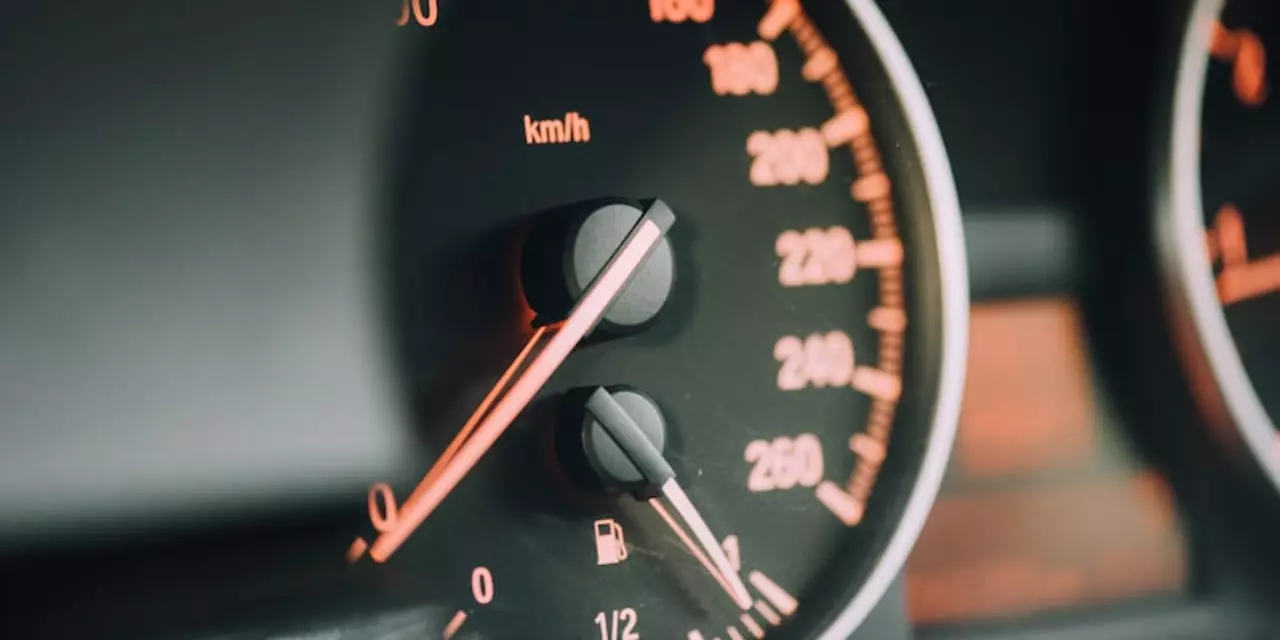Motorsport Accidents: What’s Happening and How to Stay Safe
Accidents are a harsh reality in any high‑speed sport. Whether you’re a fan, a driver, or just curious, knowing the latest crash news and basic safety steps can make a big difference. In this guide we’ll break down recent incidents, point out common risk factors, and share practical tips you can use right now.
Recent crash stories you should know
One of the most talked‑about events this year was the motorcycle racing crash that left a rider with serious injuries. The incident highlighted how even with helmets, leathers, and the newest airbag suits, high speeds and close packing still pose big dangers. Another eye‑opening case involved a driver in a Formula One‑style event who lost control on a wet track, showing that weather can turn a routine lap into a disaster in seconds.
Even off the track, accidents happen. A recent verdict in a murder‑for‑hire case reminded us that violent crimes can affect anyone, including those in the motorsport community. While not a racing crash, the story underscores the importance of personal security and staying aware of the people around you.
Why accidents happen: common factors
Speed is the obvious culprit, but it’s only part of the picture. Poor visibility, worn‑out tires, and insufficient braking distance all add up. In motorcycle racing, the tight pack of riders means one slip can send several bikes crashing together. In car racing, a sudden gust of wind or a small debris piece can cause a driver to lose control.
Human factors matter too. Fatigue, distraction, and overconfidence often lead to split‑second misjudgments. New drivers who skip proper training or ignore licensing requirements are especially vulnerable. That’s why getting the right coaching and staying fit both mentally and physically is a non‑negotiable part of racing safely.
Equipment failures also play a role. A broken suspension component or a malfunctioning brake can turn a fast lap into a hard stop. Regular checks, using quality parts, and following the manufacturer’s maintenance schedule are simple ways to cut that risk.
Now that we’ve covered why crashes happen, let’s talk about what you can do to protect yourself.
First, always wear approved protective gear. A certified helmet, snug racing suit, and proper gloves are the baseline. For motorcycle racers, consider airbag suits that provide extra protection for the spine and ribs. Second, practice on a small track or in a kart before moving to high‑speed circuits. This builds muscle memory and helps you react calmly when things go wrong.
Third, stay up to date with track conditions. Check weather forecasts, read surface reports, and talk to other drivers about any recent incidents. If the track is wet or dusty, reduce your speed and increase following distance. Fourth, never skip a pre‑race safety briefing. Those short talks often contain the latest warning about hazards specific to that day.
Finally, keep a post‑crash plan ready. Know where the medical station is, have a basic first‑aid kit in your car, and make sure someone on the team knows emergency contacts. Quick action after an impact can be the difference between a minor bruise and a serious injury.
Accidents will always be part of motorsports, but by staying informed, using the right gear, and respecting the limits of both the machine and yourself, you can enjoy the thrill while keeping the danger under control.
Why do racing cars rarely get accidents despite the high speed?
Racing cars are designed to be extremely lightweight and aerodynamic, allowing them to reach high speeds without compromising on safety. Despite this, they rarely get into accidents due to a combination of driver skill, advanced safety technologies, and strict rules and regulations. Drivers must be highly trained and experienced in order to compete in a race, as well as follow strict safety protocols. Additionally, racing cars are equipped with a variety of safety features such as roll cages, fire-resistant suits, and helmets. Finally, race organizers enforce strict rules and regulations in order to ensure the safety of drivers, spectators, and others involved.



